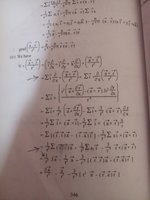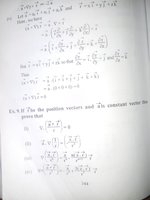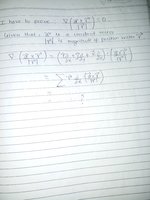Mathslover123
New member
- Joined
- Aug 7, 2019
- Messages
- 14
Many problems are solved by this approach in my book.But i dont understand how this relation is true and derived . It has replaced three components into summation of single one.So help me understand this.I have pointed an arrow where i have trouble understanding .



